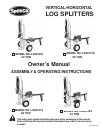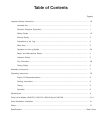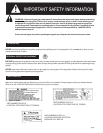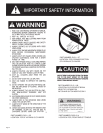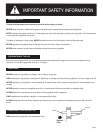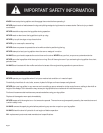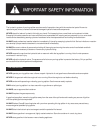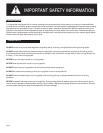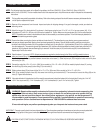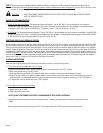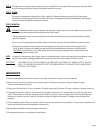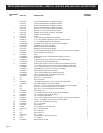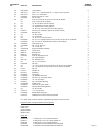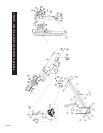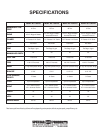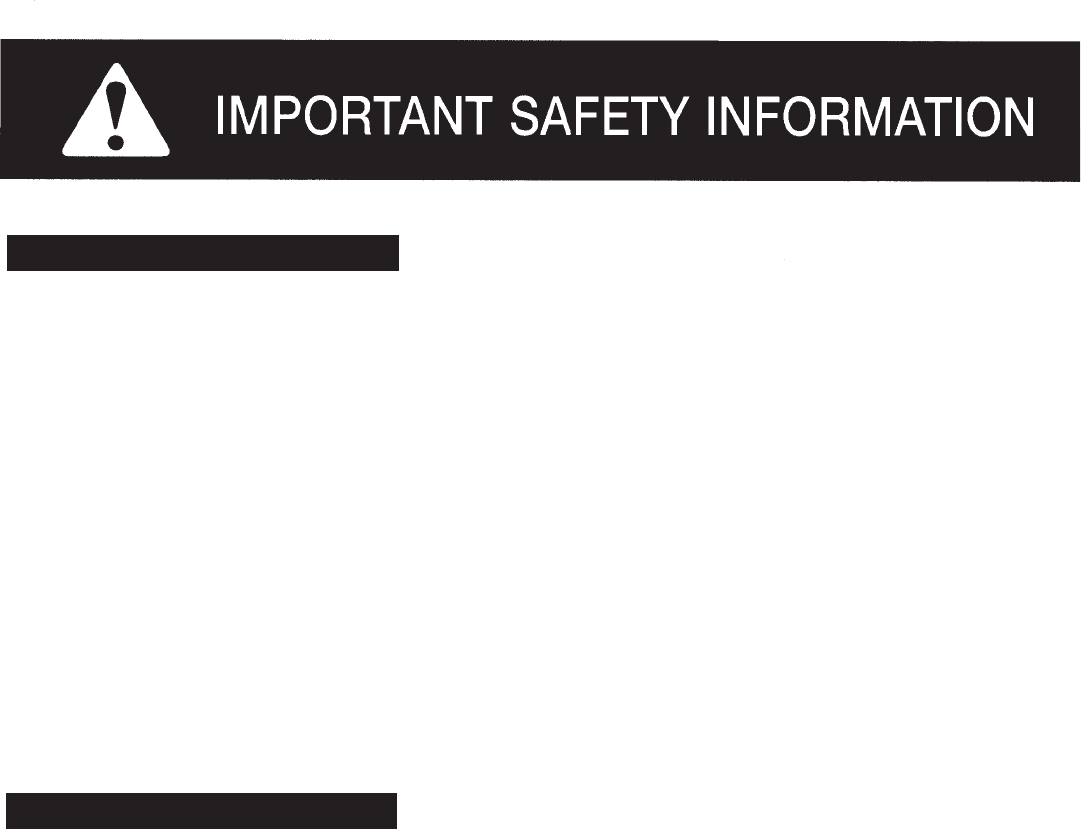
HYDRAULIC SAFETY
The hydraulic system of your log splitter requires careful inspection along with the mechanical parts. Be sure to
replace frayed, kinked, cracked or otherwise damaged hydraulic hose and components.
NEVER check for leaks of hydraulic fluid with your hand. Fluid escaping from a small hole can be almost invisible.
Escaping fluid under pressure can have sufficient force to penetrate skin causing serious personal injury or even death.
Leaks can be detected by passing a piece of cardboard over the suspected leak and looking for discoloration.
ALWAYS seek professional medical attention immediately if injured by escaping hydraulic fluid. Serious infection or reaction
can develop if proper medical treatment is not administered immediately.
ALWAYS be sure to relieve all pressure by shutting off the engine and moving the valve control handle back and forth
should it become necessary to loosen or remove any hydraulic fitting.
NEVER remove the cap from the hydraulic tank or reservoir while the log splitter is running. Hot oil under pressure
could result in serious injury.
NEVER adjust the hydraulic valve. The pressure relief valve on your log splitter is preset at the factory. Only a qualified
service technician should perform this adjustment.
FIRE PREVENTION
NEVER operate your log splitter near a flame or spark. Hydraulic oil and gasoline are flammable and can explode.
NEVER fill the gas tank while the engine is hot or running. Allow the engine to cool before refueling.
NEVER smoke while operating or refueling your log splitter. Gas fumes can easily explode.
ONLY refuel your log splitter in a clear area with no gas fumes or spilled gas.
ALWAYS use an approved fuel container.
ALWAYS replace the gas cap securely.
If gasoline has spilled, move the log splitter away from the area of the spill and avoid creating any source of ignition
until the spilled gas has evaporated.
ALWAYS take a Class B fire extinguisher with you when operating this log splitter in dry areas as a precautionary
measure against possible flying sparks.
ALWAYS drain the fuel tank prior to storage to avoid the potential fire hazard.
ALWAYS store gasoline in an approved, tightly sealed container. Store the container in a cool, dry place.
NEVER store gasoline in the house or near a heating appliance.
Page 5



